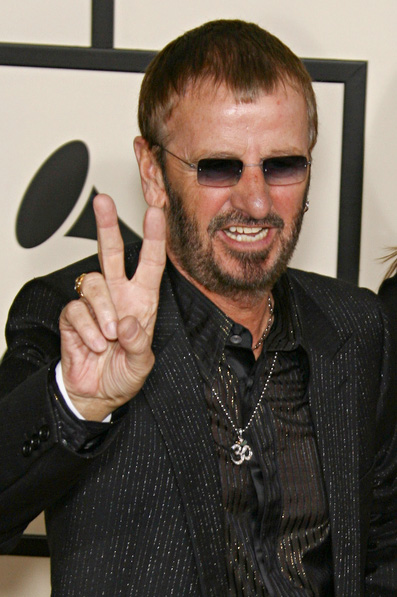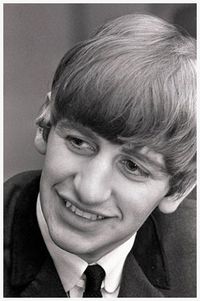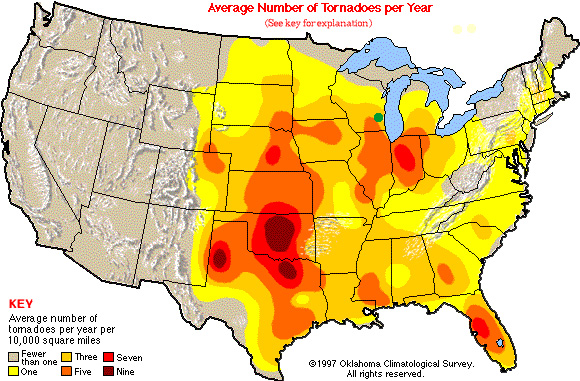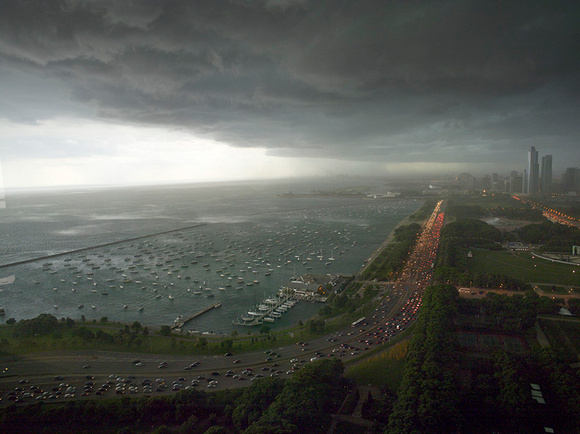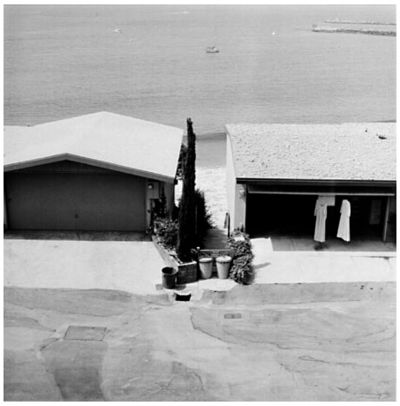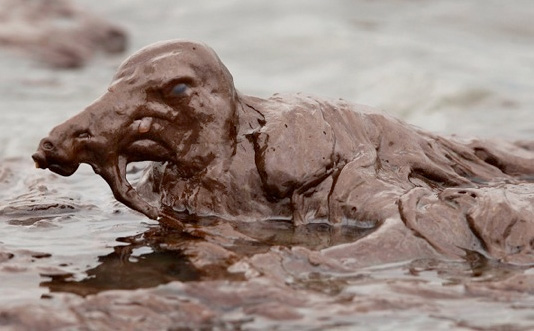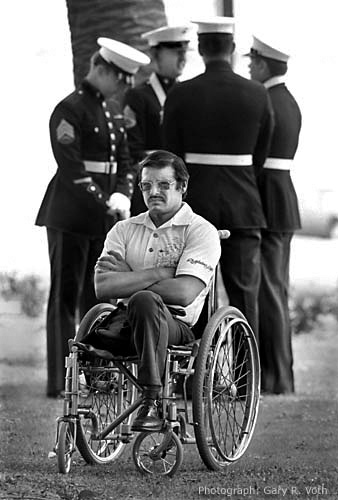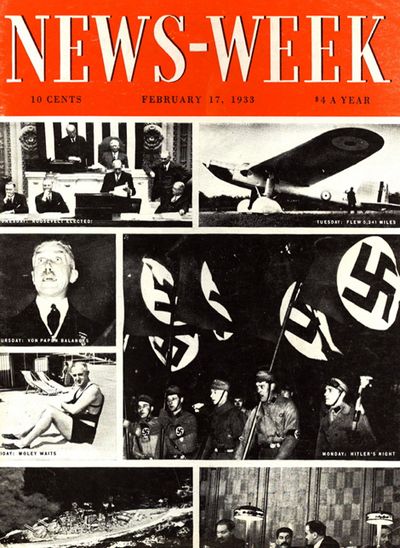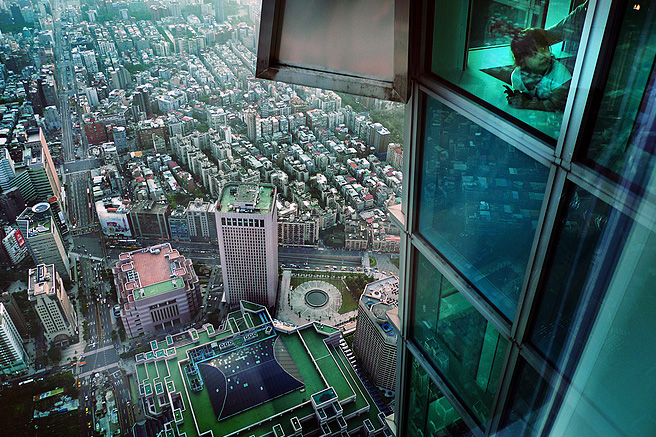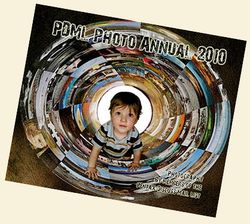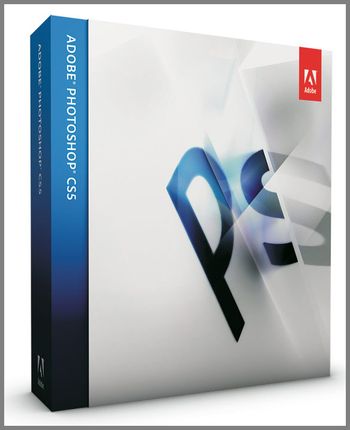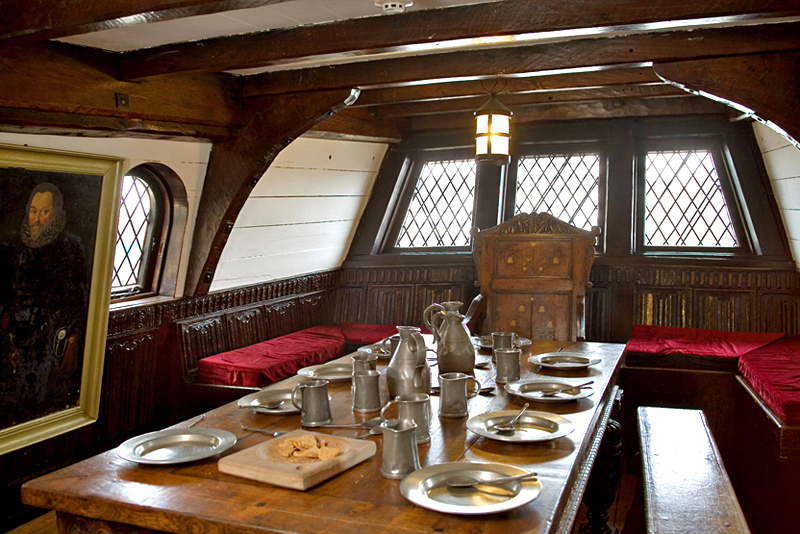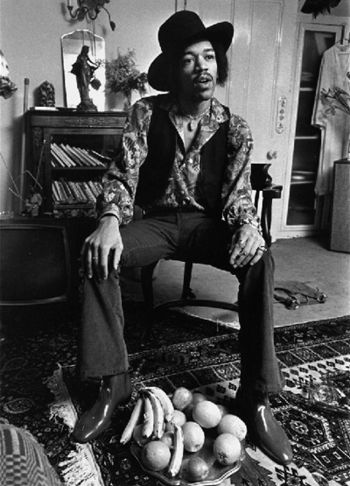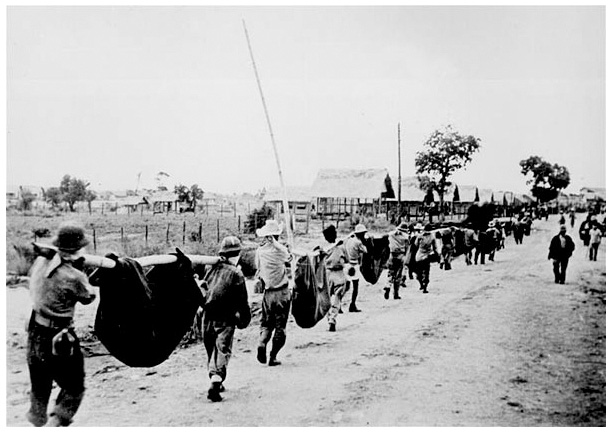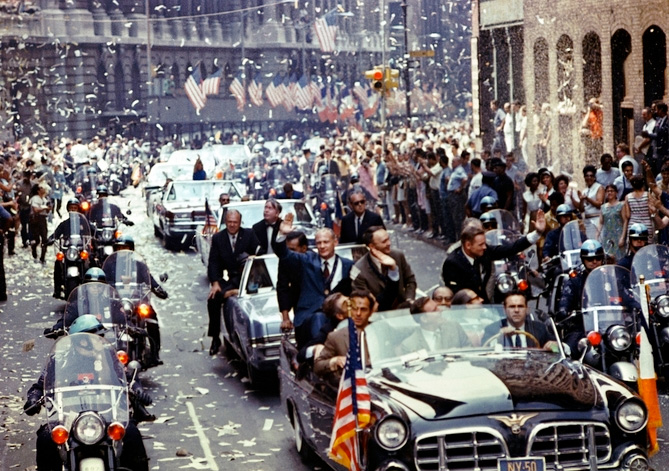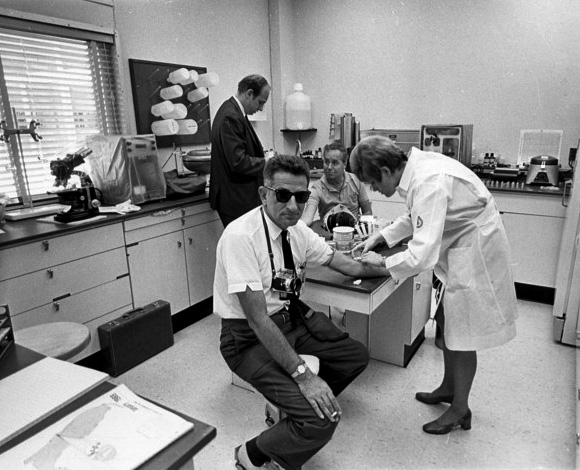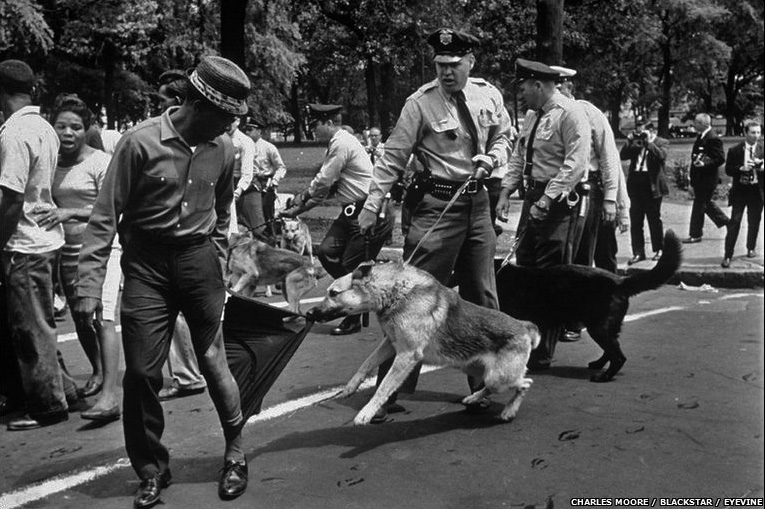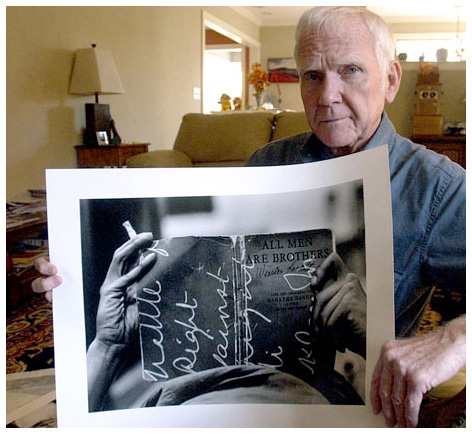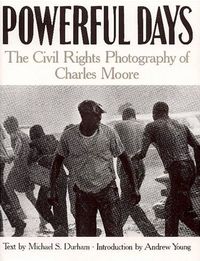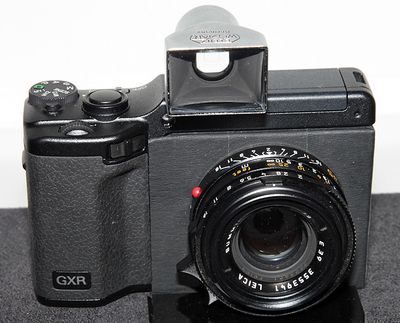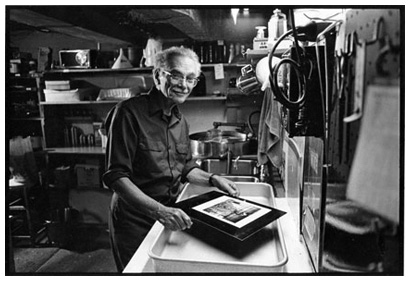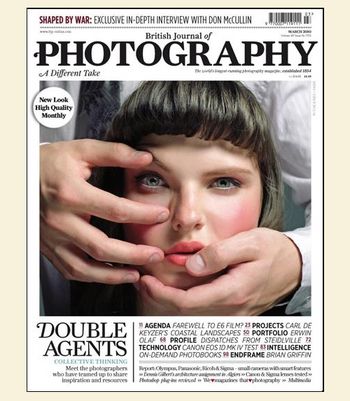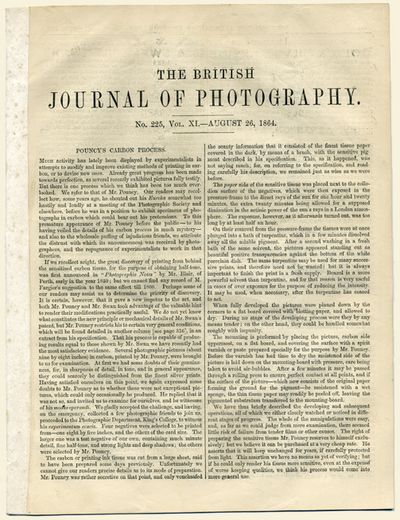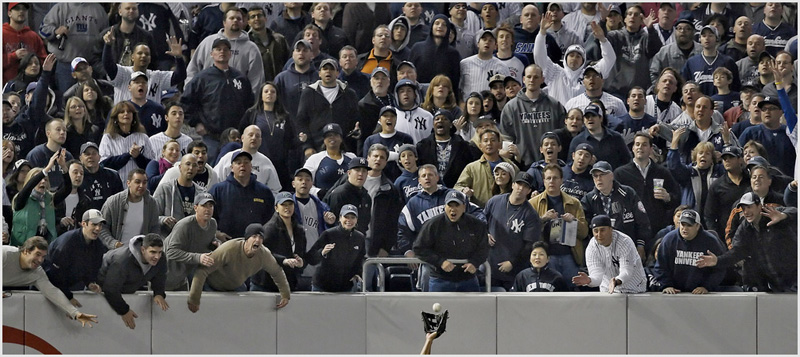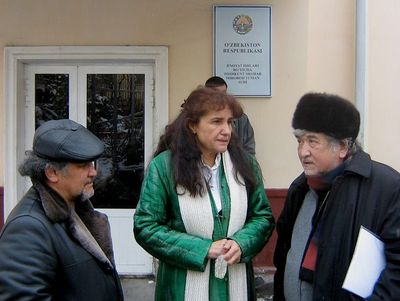The title of this post comes from a memorable quote by my brother Scott, who, after having an alleged statistic tossed in his face during some long-forgotten brotherly disputation, said, "Where did you get that number? Did a monkey pull it out of its butt?"—except he used a slightly less middlebrow term for "butt."
That's the first thing that occurred to my brain when I returned from vacation and found, to my amusement, that the old matter of the Norsigian plates has breathlessly burst into the public's attention again. This time, many articles are reporting ad nauseam that the prints and glass plates are "worth" $200 million.
Newsies luvva big number. And the public laps it up. That $200 million figure has already resounded across the web and the mainstream media—I'd tell you to try Googling "Ansel Adams $200 million," but you don't have to, because I already did—CNN, Fox News, the Beeb, HuffPo, boingboing, MSNBC, The Telegraph, on and on it goes—everybody's breathlessly repeating the nice glistening new monkey-butt number. Say it once and get enough echo, and you can manufacture truth out of anything.
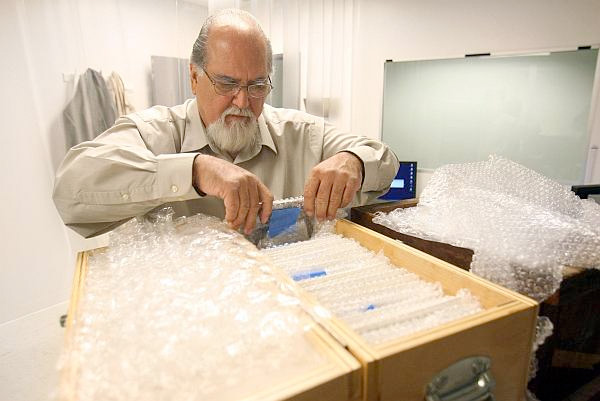 Rick Norsigian. Photo by Andy Holzman, dailynews.com
Rick Norsigian. Photo by Andy Holzman, dailynews.com
If you're coming late to this, basically what happened is that ten years ago, an evidently perfectly nice man named Rick Norsigian, self-described as a "construction worker-painter," bought a bunch of old glass-plate negatives and some prints made from them at a garage sale, for $45. First he let them sit around for several years. Then he got the notion that they must be the plates Ansel Adams lost in a 1937 fire in Yosemite. So he took them around to all sorts of museums and auction houses and photography people, almost all of whom said, in effect, hmm, sorry, but we don't think they're by Adams. Now, the "news"—the new news, I mean—is that "experts" (who, exactly? Not photography experts) have concluded the truth of the claim and that, thus authenticated, the material is "worth" that gigantic magic number.
This controversy has been going on for years now and I still don't buy it. There are some things we have to take on faith, and sometimes the faith we have to accept is that we ourselves have not the faintest idea what the truth is. With other things, in areas where we have more expertise and confidence, we're less afraid to exercise our own opinion and intuition. I'll just say that I don't have any trouble making up my own mind about this based on the images I've seen, and personally don't believe the connection. I think the evidence is scanty and hopeful (how could Adams believe he lost a bunch of negatives in a cabin fire when he really hadn't? Just that one detail stretches credulity) and the visuals don't bear out the connection: I've seen Adams's early work in person and the ones I've seen of these just don't look like his to me. At best, this was the work of someone who went out photographing with Adams—a friend, photographing alongside him. At best.
But even if they are Adams's plates, that dollar number is still pure fantasy, concocted for the happy consumption of the hoi polloi. Art product has historical, associative, and novelty value, true, but it also has intrinsic value—its value as art—and if these are Adams pictures then they predate the epiphany he had with the red filter looking up at Half Dome, and they'd have to be judged as what they look like: early, tentative efforts, failed attempts. (Although that might in turn help explain why Ansel was so uncharacteristically casual about their disposition.)
Either way, take the big ka-ching with a grain of salt. In my opinion it's a new aspirant for the monkey-butt number hall of fame, like Donald Trump's alleged $5 billion net worth and the "three billion" people that supposedly watch the Academy Awards every year (if you look into it, the best real numbers for those two things are about $150–300 million and 80–100 million people worldwide, respectively). Until further notice, I'll continue to side with Bill Turnage and the Adams heirs.
Mike
(Thanks to Dan Gorman, David M. Allerton, and several other tipsters)
Send this post to a friend
Note: Links in this post may be to our affiliates; sales through affiliate links may benefit this site. More...
Original contents copyright 2010 by Michael C. Johnston and/or the bylined author. All Rights Reserved.
Featured Comment by Bill Stothers: "And then this, from the Chicago Reader. I should add that I found the link on the terrific Prison Photography blog."
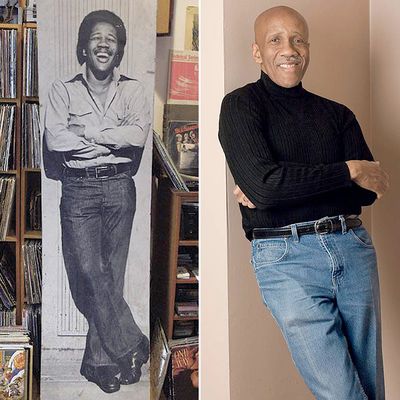
Howard Simmons, then and now. Photos by Pam Rice (right)
and Saverio Truglia (photo of photo, left)
Mike replies: Yes, that's another not-new but still really great story. In fact, it probably deserves more press than the latest round with the Norsigian plates...except that there's no big number to attach to it. In any event, that's the best article I've seen yet about the Howard Simmons situation. Thanks Bill.
Featured Comment by Geoff Wittig: "Valuation in the art world is always a dicey proposition, as it's dependent upon all sorts of nebulous characteristics of a piece, from perceived scarcity and provenance to plain fashion and 'group-think.' But I have a very hard time accepting anything like those stratospheric values for early Ansel Adams glass negatives. The primary artistic virtues of Ansel Adams' work are embodied in the æsthetics of the interpretive fine print. We've all read his dictum: the negative is the score, the print is the performance. Even assuming they're genuine, these negatives are merely the score; like digital raw files, they're really just 'potential' photographs. Moreover, they're from Adams' early work, before he had found his voice. John Szarkowski argued that this early work may have been more lyrical and 'pure,' artistically superior to his more dramatic mature work; but that's certainly not how the market for Adams' prints sees it. Prices commanded by his 'greatest hits' from the late 1930s to 1950s are much higher than for his quieter early prints.
"And just look at the difference in the price of an original Ansel Adams print, versus a print from the same negative made by the extremely talented Alan Ross. They may look pretty similar (indeed, Mr. Ross's print may well look better), but the prices are orders of magnitude apart. And Alan Ross worked in the darkroom side by side with Ansel Adams for years. It's very difficult to imagine unauthorized prints from these 'bootleg' negatives, by a no-name printer, going for huge prices.
"Finally, I'd argue that the Ansel Adams name does not guarantee colossal prices all by itself, without some sort of æsthetic basis. His color photographs are widely considered to be quite ordinary, and as a consequence one can still buy original Ansel Adams Kodachromes for a few hundred dollars. While a fragile, soot-stained glass negative (that may or may not have been exposed and developed by Ansel Adams) might be an interesting tchochke, I'd argue that it's not a photograph."
Featured Comment by Alex Vesey: "I literally jump-start my brain with this blog and a cup of coffee in the morning (not always in that order, but close enough).
"I was hoping Mike would address this topic. Aside from the questions over the content of the find, the story offers a fine example of how information takes on a life of its own, and those passing it along never bother to verify its content. The news process that feed the Iraq invasion is of a similar nature. I see this in student exams as well: they will form study groups, and divide the creation of review materials to different people. If one gets the review material wrong—they all get it wrong and since I see the pattern when I grade the exam, we have to have a little chat on the value of cross checking.
"The diffusion of misinformation is actually quite viral when you think about it."
Mike replies: Alex, I'm floored by this aspect of this story. We definitely have to discuss this more on the site in the future.
